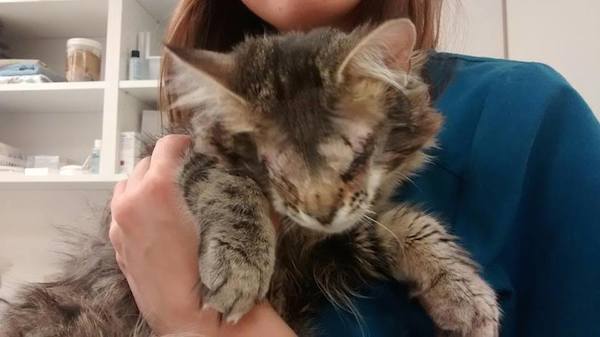Even though they look like bobcats, you can tell these animals apart by their big paws and long ear tufts.
These massive cats have thick hair and trapezoidal ears with black tufts. These lynx live in very cold and snowy settings that most animals find difficult to get around.

But not this Lynx. These cats’ large, extra-furry paws serve as their own snowshoes, letting them effectively travel the snow and hunt for food.

These cats’ backs slant forward because their hindlimbs are longer than their forelimbs.

The height and weight range of the Canadian lynx is 5–17 kg. Few people are aware of the Canadian Lynx’s ability to climb and swim.
Despite being smaller than lions, these cats are nonetheless dangerous.

Despite being a powerful large feline, the cries of the Canadian lynx are frighteningly similar to those of humans.
Two Canadian lynx are having an intense conversation.
Because snowshoe hares make up 90% of the Canadian lynx’s food, their population will grow in tandem with that of their prey.

These huge cats hunt mostly at night, when snowshoe hares are most active.

Given that its name includes the word “Canada,” it’s no wonder that this massive cat enjoys the cold.
The native habitat of this lynx is taiga, or boreal woods. Temperatures in these woodlands are typically below freezing for more than half of the year.

Like its relative, the Bobcat, the Canadian Lynx prefers to be alone. This explains why the lynx is known as “the grey ghost of the North.”

For a while, the Canadian Lynx was listed as an endangered species due to poachers hunting it for its fur.

Fortunately, the Canadian lynx population has grown over time and is no longer considered endangered.







